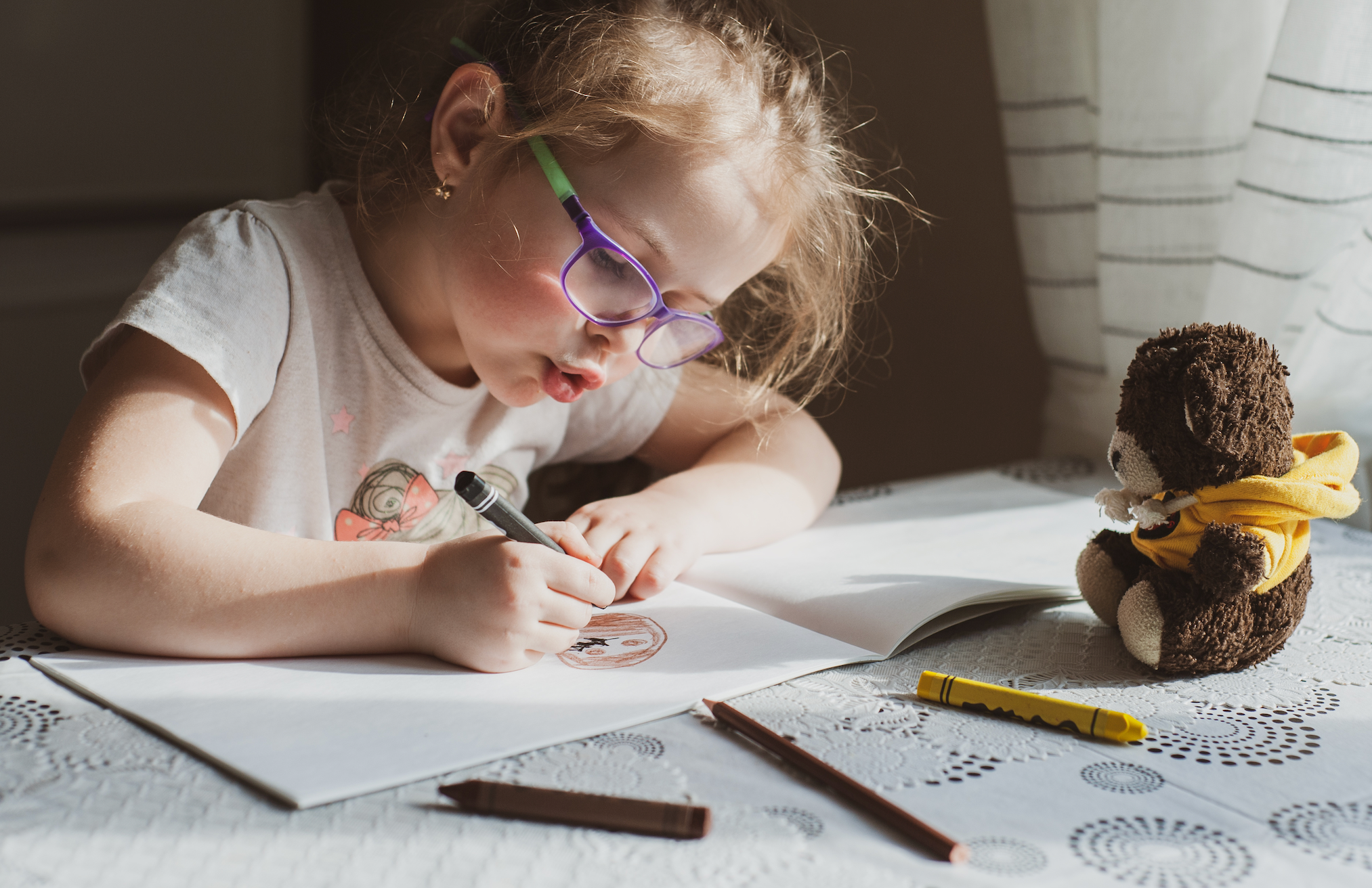
Cataract & Refractive
Latest News
Latest Videos
More News

The procedure facilitates an independent life, better care and fewer costs.

Prompt intervention may reduce treatment burden and improve the prognosis of fungal endophthalmitis after cataract surgery.
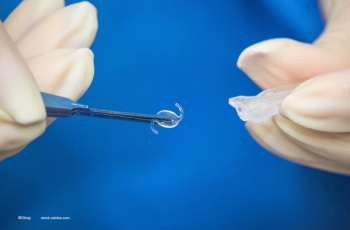
Research team suggests careful follow-up is required for possible endothelial injury.

The technology is used to treat glaucoma at the same time as cataract surgery.
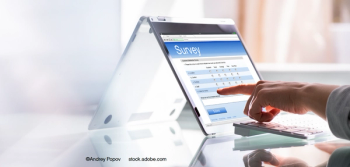
The decentration and dislocation of lens is key reason for explantation.

Patients need to pay attention to their eye health over the long term.

Members of the Ophthalmology Times Europe® Editorial Advisory Board were asked to predict developments in their ophthalmic specialties and interests for 2023. A focus is our ageing population, while efficiency and productivity are also on their minds. The board members agree that one of the major challenges in the year to come will be the large number of patients awaiting diagnosis and treatment, which is only going to increase with the rising average life expectancy worldwide.

A corneal refractive technique can combine monovision and extended depth of field to create a wide, seamless range of functional vision. This can provide independence from spectacles.
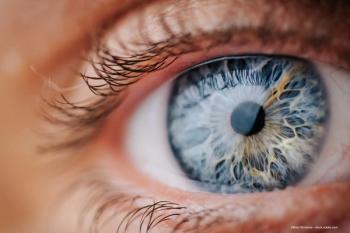
Correcting abnormal tear film osmolarity before cataract surgery enables more accurate measurements to be captured, reducing residual refractive error.

Axial length growth is a sensitive means of assessing myopia progression in children. Drops and special lenses are options for inhibiting excessive axial length growth.

Use of a highly viscous cohesive ophthalmic viscosurgical device (OVD) enables removal of debris without excessive collateral irrigation trauma.

An end-of-week review of what happened in ophthalmology from 29 October to 3 November 2022.

Investigators evaluated VA outcomes after cataract surgery and the factors associated with good visual outcomes in a population of patients with type 2 diabetes.

Adam Szaronos, President and CEO of Trukera Medical, discusses the recent rebranding of TearLab as well as the launch of the ScoutPro Osmolarity System.
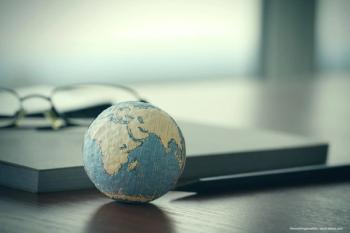
The goal of World Sight Day, according to IAPB, is “to shine a light on blindness and vision impairment as a major, but solvable, public health issue."
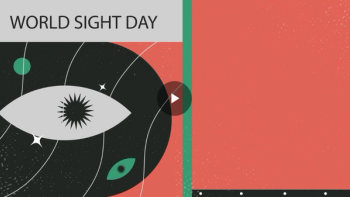
Coordinated by the International Agency for the Prevention of Blindness (IAPB), the international day of awareness is a reminder to "love your eyes."
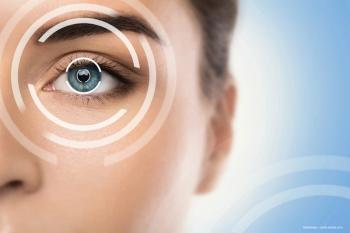
Non-diffractive lenses offer alternative in challenging post-corneal refractive surgery cases.

Dr Mark H. Blecher dives into his AAO 2022 topic: "One-Year Visual Outcomes Following Monocular Implantation with a Small Aperture IOL."

Prof. Martin Dirisamer speaks with Editor Caroline Richards about his ESCRS instructional course, "Mastering laser refractive surgery: Indications and outcomes."

Prof. Martin Dirisamer discusses his instructional course on common mistakes when performing DMEK and how to avoid them at ESCRS.

Assistant Prof. of ophthalmology Basak Bostanci discusses her ESCRS presentation, “Extended Range Of Vision In Unusual Cases” and how EDOF lens technology is evolving to include a wider pool of candidates.
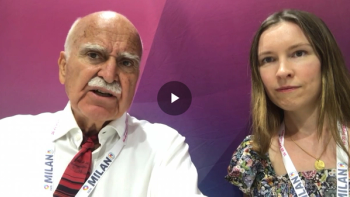
Prof. Ioannis Pallikaris discusses his 2022 ESCRS presentation: "Peripheral Capsule Reconstruction And IOL Centration With The Fixoflex Ring".
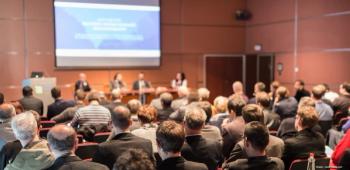
Members of the Ophthalmology Times Europe Editorial Advisory Board offer comments on the symposia they are most excited to attend at the 2022 ESCRS Congress in Milan, Italy.
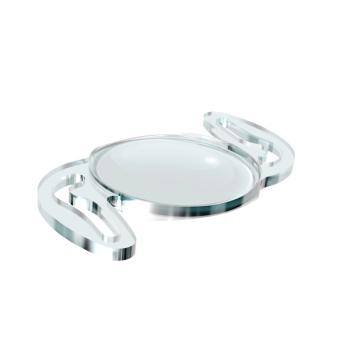
In “modified monovision”, which can be achieved with a new IOL, one eye predominantly manages distance vision and the other near vision—as with standard monovision—but the extended depth of field provides a degree of intermediate vision that is independent of spectacles.
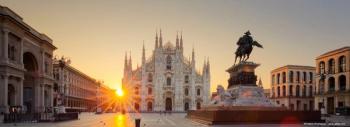
Taking place from 16–20 September 2022, and following the success of last year’s congress, the 40th ESCRS will again be a face-to-face event but supported by a virtual conferencing platform that will allow the sessions to also be streamed.


